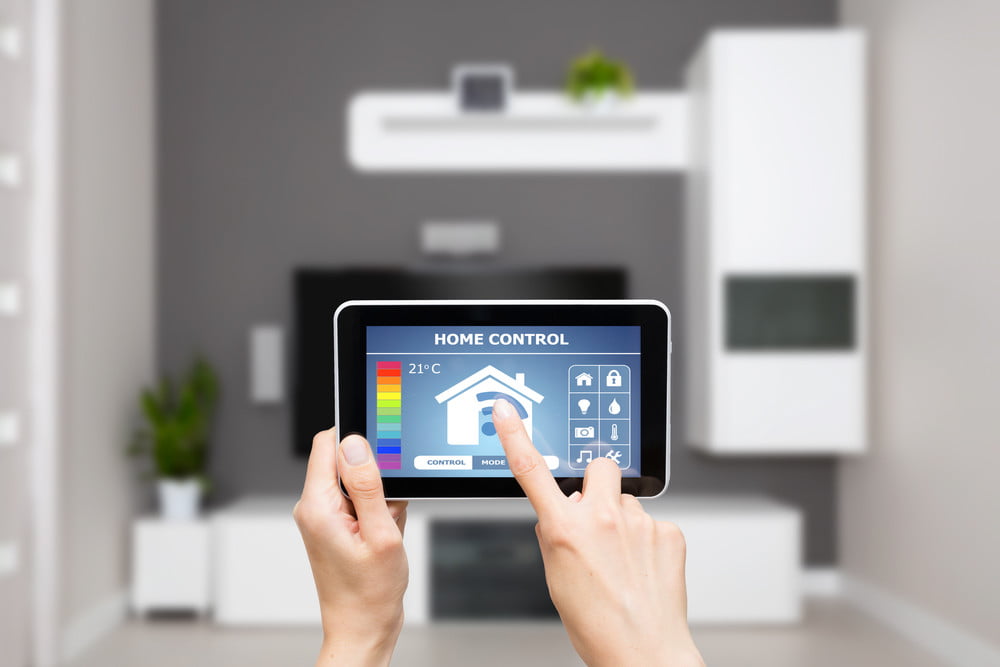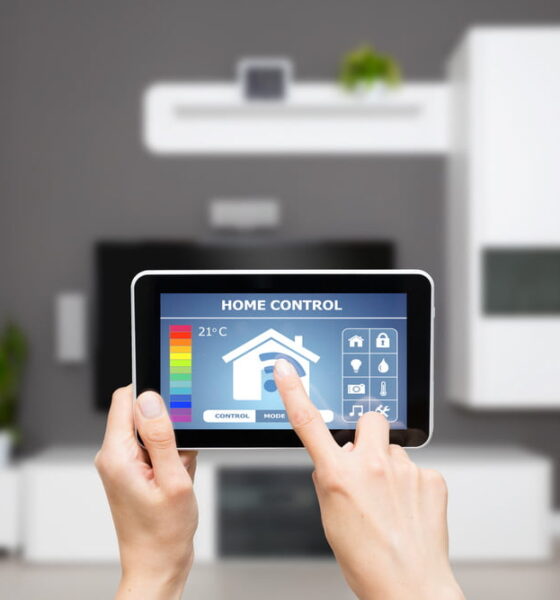

Energy
4 Eco-friendly Hacks to Improve Home Energy Efficiency
I had two serious discussions with my friend and her fiancé this weekend. We first talked about the plight of climate change. This is a major topic of discussion when we meet, because we are both very concerned about sustainable living and fighting global warming.
The other discussion was about the rising cost of energy around us. This was a particular topical discussion, because the increasingly cold weather around us has forced us to use more heat than usual. It was less than two below zero the last couple of mornings. This is both very expensive for our energy bills and causes a larger carbon footprint, regardless whether we are using wood or oil to heat our homes.
The good news is that there are a lot of ways that you can make your home more energy efficient. This is both great for the environment and for your wallet! The Center for Climate and Energy Solutions has made this very salient point. They said that the average home accounts for 21% of our energy footprint. They also pointed out that they spend $2,000 a year on heating and cooling costs. This means improving efficiency by 20% can lower our total carbon footprints by 4% and save us $400 a year.
What Can You Do To Make Your Home More Energy Efficient?
If you have a home that is more than 80 to 100 years old, you may be thinking that your energy bills should cost more by default. That is simply not true though, because when you make the right home improvements on your property, you could find that its energy-efficiency is just as high as a newer residence.
The kind of renovation and refurbishments we are talking about can be anything from minor repairs that can be handled in a day or so to larger, more extensive work that costs a lot more and requires more time.
If you are interested in making your old house more efficient, then check out these five great tips.
1. Seal the Attic and Add New Insulation
One of the biggest flaws with older buildings that can significantly increase your energy bills is their serious lack of insulation. Dan Travaille, Ph.D, is president of USA Insulation in Omaha wrote an article for Angie’s List saying that sealing it can drastically improve energy efficiency. Some either have old and ineffective insulation or none at all. Therefore, you could save a good couple of hundreds every year, just by adding either blown-in or blanket insulation to your attic space. It should be noted that the amount you save will depend on how much and the kind of insulation you use.
Another way you can stop your attic costing you more money than necessary is by ensuring that all gaps, cracks and holes that could let cold air into your home are sealed.
2. Swap Your Light Switches and Lightbulbs for More Efficient Options
Are you still using fluorescent and incandescent bulbs to light your home? Well, one especially easy and inexpensive way to have a greener home is by swapping them all for LED bulbs. Not only are LEDs known to use less energy, but they also last a lot longer too. To increase your savings, even more, consider installing motion sensor light switches that will ensure they are only on when someone is actually in the room.
3. Install New Doors and Windows
This might not be possible for everyone, as it really depends on your budget. However, as you may or may not be aware, doors and windows can be major energy loss sources in older properties. Older door models do not have the insulation their newer counterparts do and can be more than a little draughty, while single pane windows are not a patch on energy-efficiency double glazed fittings.
You could save massive amounts on your utility bills just by replacing any single pane windows you still have with Energy Star-certified windows. Even if you can’t, you can always improve the energy efficiency of your existing doors and windows by adding plastic insulation and caulking.
4. Replace Showerheads, Faucets and Toilets
It may not seem obvious at first, but old water-guzzling showerheads, toilets and leaky faucets can play havoc with both your water and energy bills. The great thing is that it is incredibly easy and affordable to switch to low-flow and thus more efficient model.
Having adequate insurance for your home is essential, mainly as repairs and maintenance costs are more likely to be an issue in older homes. Speaking of leaks, if you don’t have home insurance with reliable company like theaa.ie, one great benefit of switching is that you get what is known as ‘trace and access’ which covers the costs of finding and accessing any leaks, as well as repairing the damages caused to ceilings, flooring or walls while trying to find them.
Promote Energy Efficiency to Help the Environment and Lower Your Heating Costs
Nobody ever said that there aren’t personal benefits to going green! There are a lot of ways to live more sustainable lifestyles, while also lowering your own costs. You can save a lot of money by making your home more energy efficient, while also lowering your carbon footprint at the same time!


 Environment10 months ago
Environment10 months agoAre Polymer Banknotes: an Eco-Friendly Trend or a Groundswell?

 Environment11 months ago
Environment11 months agoEco-Friendly Home Improvements: Top 7 Upgrades for 2025

 Features9 months ago
Features9 months agoEco-Friendly Cryptocurrencies: Sustainable Investment Choices

 Features10 months ago
Features10 months agoEco-Friendly Crypto Traders Must Find the Right Exchange

















